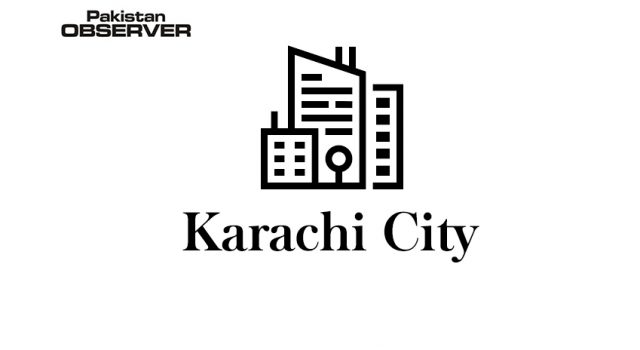The Covid-19 induced lockdown has helped significant improvement, almost 40%, in air quality besides marked reduction in the noise pollution in Karachi, said Sindh Secretary for Environment, Khan Mohammad Mahar here on Thursday. Addressing a session organized by Sindh Environment Protection Agency (SEPA) to mark World Environment Day 2020, celebrated on June 5 every year, he said available statistics based on series of assessment carried out in the megapolis during past few months reflected how badly the environment was treated by different stakeholders. “These facts and the unavoidable lockdown, however, do not mean that economic cum commercial activities be ignored,” he said seeking public cooperation to maintain a delicate and careful balance between safe practices for healthy environment. Highlighting importance of sustainable development the senior government official sought a viable approach towards environment friendly economic activities. The provincial secretary for environment said the available data can be used for future planning helping adoption of a practical approach to contain varied categories of pollution. Khan Mohammad Mahar on the occasion invited the experts and environmentalists attending the program to suggest measures for a comprehensive plan to for efficient implementation of environment related laws for industries and transport sector. Earlier, Director General of SEPA, Dr. Naeem Ahmed Mughal in a detailed presentation said samples collected in April this year, from six different districts of Karachi, revealed that atmospheric pollution in these areas had slashed by 39% to 40% as compared to levels registered this February. Similarly, he said noise pollution in all six districts was also brought down to much safer levels with an improvement marked by no less than 19%. According to Director General of SEPA the air quality of district Central had improved by 8 %, East (61%), South (40%), West (37%), Malir (25%) and Korangi by 54% while an improvement in noise levels was found to be 42% in Central, 20% in East, 15% in South, 17% in West, 2% in Malir and 26% in Korangi.









